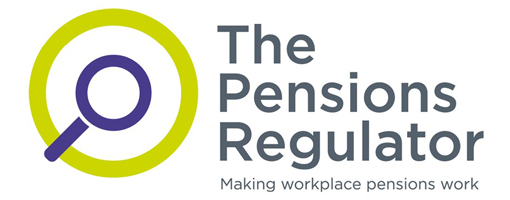Post-pandemic endgame planning should be a key priority for DB schemes in their upcoming valuations, as funding levels of most pension schemes have improved, according to Hymans Robertson.
The consultancy said that it was seeing improved funding and insurer pricing, combined with a maturing of liabilities.
This means that many schemes may be much closer to an ‘endgame’ than expected, be that through run-off or buyout.
Although the long-term impact of Covid-19 on life expectancy remains uncertain, with the potential for liabilities to move in either direction, Hymans Robertson noted that a growing number of schemes are suggesting that they will make some allowance for a slowdown in longevity improvements.
“Whilst hanging fire might be the prudent thing to do given the ongoing uncertainty, it would be fair to conclude we won’t catch up on two ‘lost years’ of improvements quickly," said Hymans Robertson scheme actuary, Laura McLaren.
"At least in the short term, the pandemic is more than likely going to represent a previously unanticipated headwind — both in terms of mortality directly related to Covid-19 and the knock-on effects on health care systems and the wider economy."
Against this backdrop, she said that there will be cases where making a modest longevity adjustment, supported by scenario analysis and contingency planning, will be reasonable.
McLaren added that any such adjustments would be in line with The Pension Regulator’s latest funding statement, which suggested the watchdog will accept changes to assumptions (versus those used at the previous valuation) so long as the impact was no more than 2 per cent.
“Whilst the new funding code won’t apply to valuations before October 2023, many trustee boards are already planning ahead for the requirement to formalise a long-term objective and looking to align that with a preferred endgame destination," said McLaren.
"The choice of endgame and timescales will influence funding and investment decisions now and, with a majority of pension schemes targeting full settlement of benefits with an insurer, there’s a lot of work needed to be ‘buyout ready’ including data and benefits cleansing. It’s important to start factoring this into the overall journey plan a number of years out."
McLaren argued that having an effective strategy in place to see a scheme through to its end really matters and if scheme funding is on track, a triennial funding valuation is an "opportune time" to be engaging stakeholders in developing a journey plan.
"Many schemes won’t have envisaged ever getting to the point of affording buyout and a lot of trustee boards and sponsors could be surprised when they discover just how close they are," she added.
Polling from a recent Hymans Robertson webinar indicates that endgame planning is only a key priority for about half (55 percent) of trustees for their 2022/23 valuations. And almost 60 percent of trustees expected to be approaching triennial funding valuations fully funded on their technical provisions basis.
The firm also found in its webinar poll that 55 percent of schemes are expecting to weaken longevity assumptions, with a third focused on taking action to ensure plans stay on track given the continued economic uncertainty.
Private markets – a growing presence within UK DC
Laura Blows discusses the role of private market investment within DC schemes with Aviva Director of Investments, Maiyuresh Rajah
The DB pension landscape
Pensions Age speaks to BlackRock managing director and head of its DB relationship management team, Andrew Reid, about the DB pensions landscape
Podcast: Who matters most in pensions?

In the latest Pensions Age podcast, Francesca Fabrizi speaks to Capita Pension Solutions global practice leader & chief revenue officer, Stuart Heatley, about who matters most in pensions and how to best meet their needs
Podcast: A look at asset-backed securities

Royal London Asset Management head of ABS, Jeremy Deacon, chats about asset-backed securities (ABS) in our latest Pensions Age podcast
© 2019 Perspective Publishing Privacy & Cookies










Recent Stories